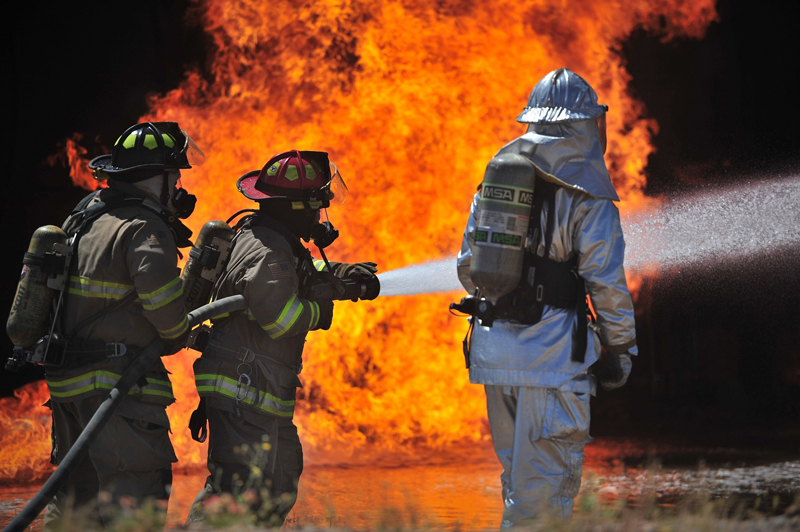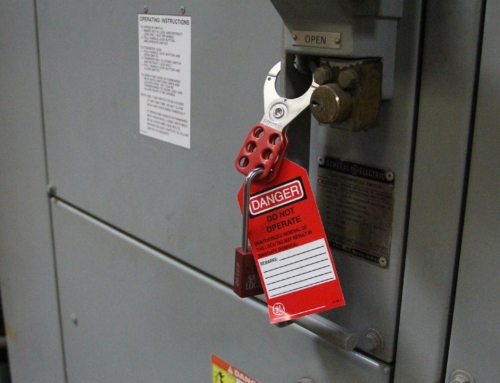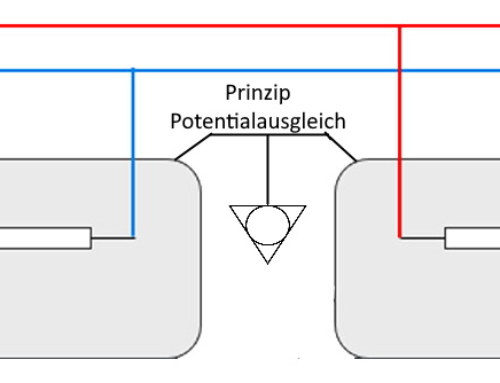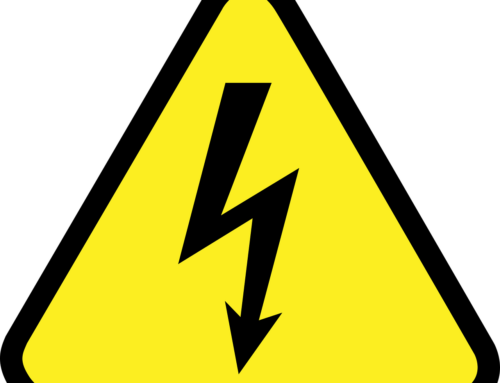It is well known that electrical conductors heat up when current flows through them. That this can lead to a fire also, yet the danger of the fire is often underestimated. According to the fire cause statistics of the Institute for Loss Prevention and Loss Research of Public Insurers (IFS), about 30 percent of fire incidents in Germany are caused by electricity. Although companies are obliged to test their equipment regularly in accordance with DGUV Regulation 3, fires do occur in them just as they do in private households. Many companies are also under the misapprehension that the obligation to test electrical equipment as defined by DGUV Regulation 3 applies exclusively to the craft, production and workshop sectors and has no application in offices. This is not the case, all electrical equipment must be tested – this even applies to equipment brought into the company privately, e.g. the “better coffee machine brought from home”.
The most common causes of fires are broken cables, damaged insulation, and overloads. The latter is mainly caused by adventurous distribution cable harnesses (multiple plugs connected in series). But damaged cables and plugs also contribute their share to the fire statistics. Cables that are visibly damaged at first glance must be completely replaced immediately; in the case of these cables, there is no need to wait for the next inspection date. The regular inspection intervals for periodic inspections in accordance with DGUV Regulation 3 vary from every three months for equipment used on construction and assembly sites to a maximum of two years for equipment used in offices (see GUV-I 5090).
Conclusion: The number of electrical fires could be avoided by proper, regular equipment testing in accordance with DGUV Regulation 3.










Leave A Comment